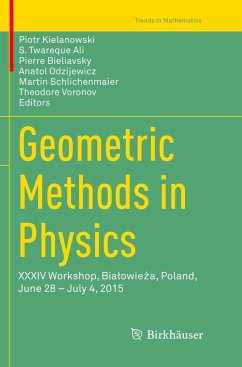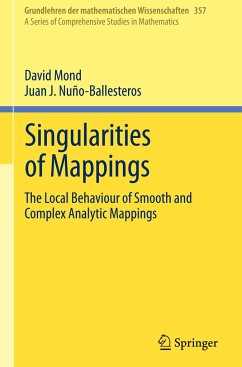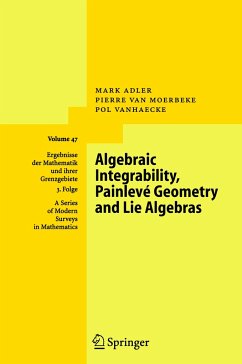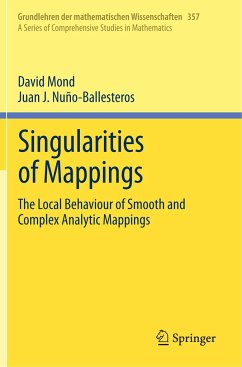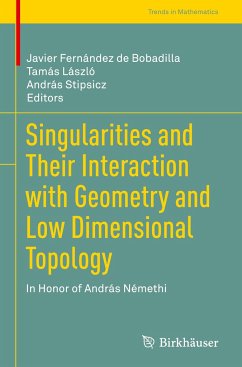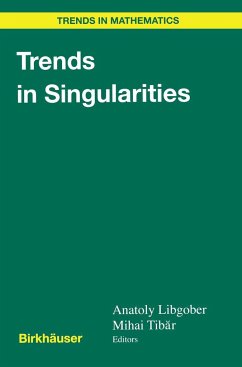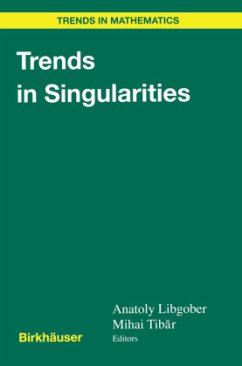
B-Model Gromov-Witten Theory

PAYBACK Punkte
61 °P sammeln!
This book collects various perspectives, contributed by both mathematicians and physicists, on the B-model and its role in mirror symmetry. Mirror symmetry is an active topic of research in both the mathematics and physics communities, but among mathematicians, the "A-model" half of the story remains much better-understood than the B-model. This book aims to address that imbalance.It begins with an overview of several methods by which mirrors have been constructed, and from there, gives a thorough account of the "BCOV" B-model theory from a physical perspective; this includes the appearance of...
This book collects various perspectives, contributed by both mathematicians and physicists, on the B-model and its role in mirror symmetry. Mirror symmetry is an active topic of research in both the mathematics and physics communities, but among mathematicians, the "A-model" half of the story remains much better-understood than the B-model. This book aims to address that imbalance.
It begins with an overview of several methods by which mirrors have been constructed, and from there, gives a thorough account of the "BCOV" B-model theory from a physical perspective; this includes the appearance of such phenomena as the holomorphic anomaly equation and connections to number theory via modularity. Following a mathematical exposition of the subject of quantization, the remainder of the book is devoted to the B-model from a mathematician's point-of-view, including such topics as polyvector fields and primitive forms, Givental's ancestor potential, and integrablesystems.
It begins with an overview of several methods by which mirrors have been constructed, and from there, gives a thorough account of the "BCOV" B-model theory from a physical perspective; this includes the appearance of such phenomena as the holomorphic anomaly equation and connections to number theory via modularity. Following a mathematical exposition of the subject of quantization, the remainder of the book is devoted to the B-model from a mathematician's point-of-view, including such topics as polyvector fields and primitive forms, Givental's ancestor potential, and integrablesystems.



